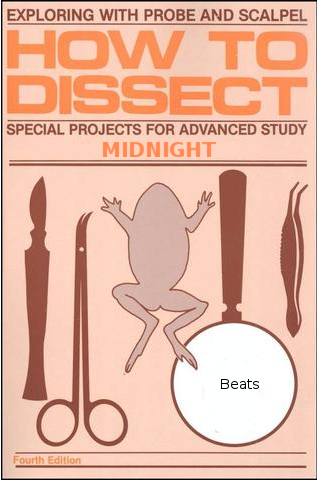
This allows you to know that every time you make something with them it's going to come out decent. This time we are focusing on a project called rain.
Rain:
I hope you guys enjoyed.
And if you haven't already check out the other half other of this project over a @vibrancy page.
Have a good day steemians!